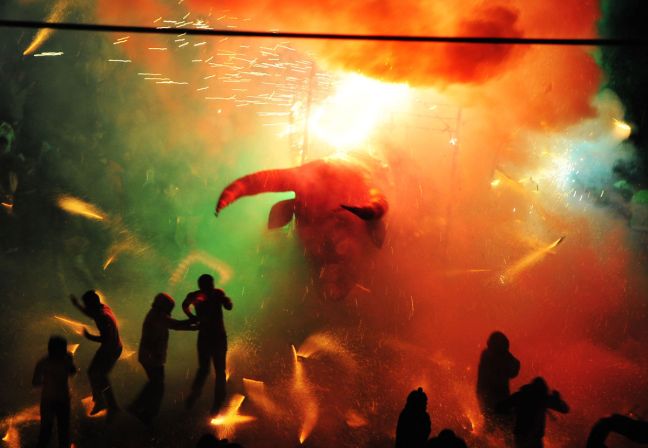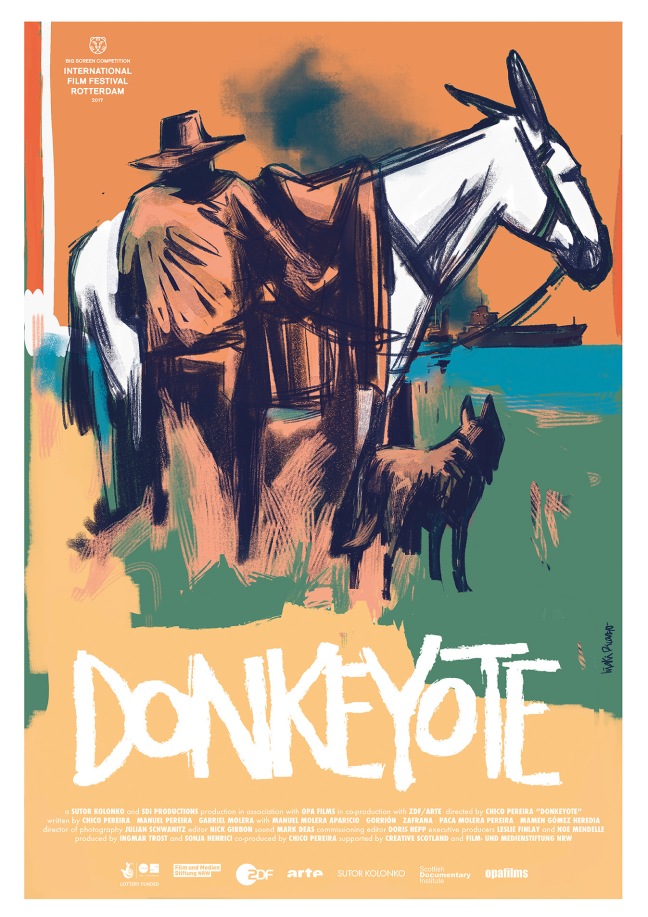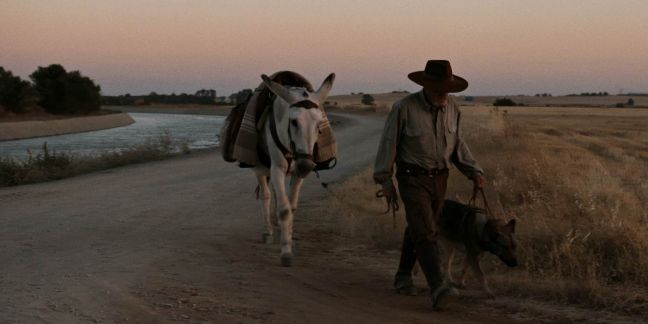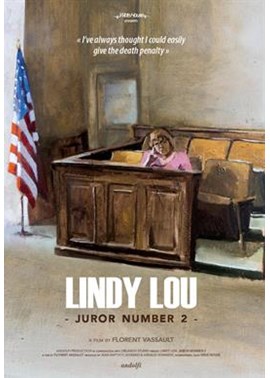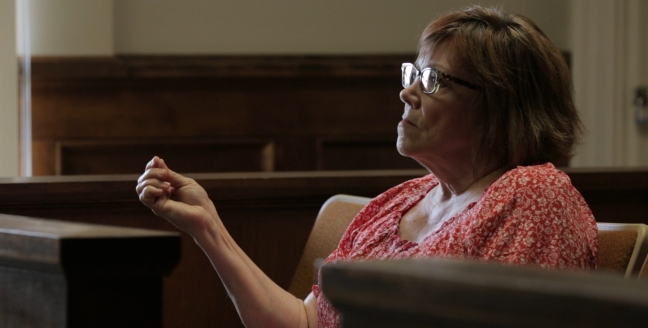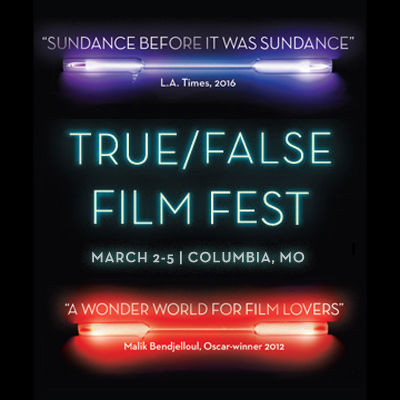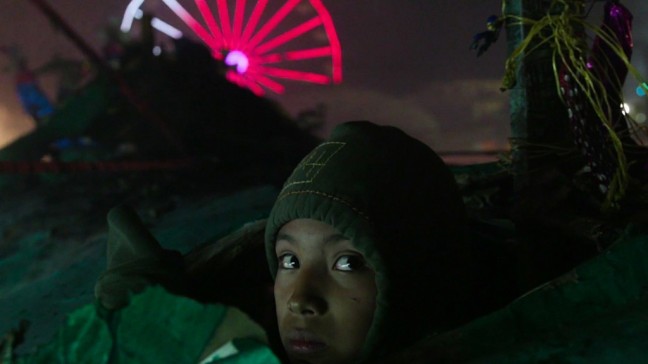
Don’t look to the sky for fireworks when you can watch them light up in the eyes of all the people passing by. ~ Tyler Kent
Pure cinema is all about the sensory experience with the complimenting elements in perfect synchronization with each other. Out of all the films, my partner-in-crime and I viewed over the entire True/False Film Festival weekend, this stunning work captured the pure cinema definition with great power. It is a power derived by images projected onto the big screen surrounded by a soundtrack of pulsing sensuous music which gives an ethereal beauty to the work. All of which strikes right at the raw emotions of your heart.
This is Viktor Jakovleski’s meditative stunner “Brimstone & Glory”. The film dives into the city of Tultepec, Mexico with a single effervescent spark on the lower right of the screen which culminates with a slow burn (orgasmic-like to quote director Jakovleski after the screening) into a shower of sparks. Tultepec, the center of a major fireworks industry, celebrates yearly a week long dedication to San Juan de Dios, according to legend saved a multitude of people from a burning hospital without a single scratch or burn. The entire city gathers for two specific events; the castillo, the Festival Of Castles, which neighboring towns participate with huge structures of fireworks in front of on-lookers and then the pamplonada, the Festival Of Bulls, in which large paper-mache bulls laden with fireworks are rolled through the crowded city streets and ignited. It is a frenzied crazy release for the citizens of Tultepec and one that has a hand in the deep cultural origins of its people. Jakovleski captures the raw power and energy, often right in the thick of the exploding light filled displays. We get to meet several of the citizens, but this film does not dwell on the who and the why. Jakovleski lets the festivals speak for themselves with such a force of incandescent images and sound. There was not another film at this festival that just gave itself freely to that definition of pure cinema. It truly needs to be seen on a large screen with surround sound as we saw it. A complete surprise in our choices and more than worthy of our time.
The photography by a team of thrill seeking individuals (garbed in protective gear) rush headlong into the bull’s arena with fireworks cascading dangerously all around. We sense the danger and the risk of such festivals, but we also see the release and joy in the midst of such a grand display. The music by Benh Zeitlin and Dan Romer is a fantastic hyper kinetic score that lingers with you long after the film is over. One can sense being in the hands of assured filmmakers when it feels as if you are participating right along side the wonderfully beautiful people of Tultepec.
This is the first feature for Viktor Jakovleski and what a love he shows for what cinema is capable of. A very gracious and humble artist, Jakovleski spoke after the screening of the technical difficulties and the love of the people he met and got to know. He brings a world foreign and strange to some of us, but familiar at the same time. That is a hard balance to maintain and the result stays with you long after it is over.
RATING: An Absolute RUN TO film (like hordes of zombies are chasing you), Do Not Walk!! (worthy of repeated viewings and a possible landmark cinematic film)
“Brimstone & Glory” [2017 – 64 min] directed by Viktor Jakovleski, music by Benh Zeitlin and Dan Romer
